What are Hydrostatic Levelling Cells?
Hydrostatic Levelling Cells (HLCs) are Instruments designed for high-resolution, automated monitoring of vertical movement in structures. Capable of recording measurements at intervals of less than a minute, 24 hours a day, HLCs are a highly effective solution for monitoring settlement and heave.
Designed and manufactured in-house by GEO-Instruments in Germany, HLCs are a key part of our Instrumentation toolkit. With more than 10 years of experience in design, installation and maintenance of HLC systems, we are the leading provider of liquid levelling cells in the UK.
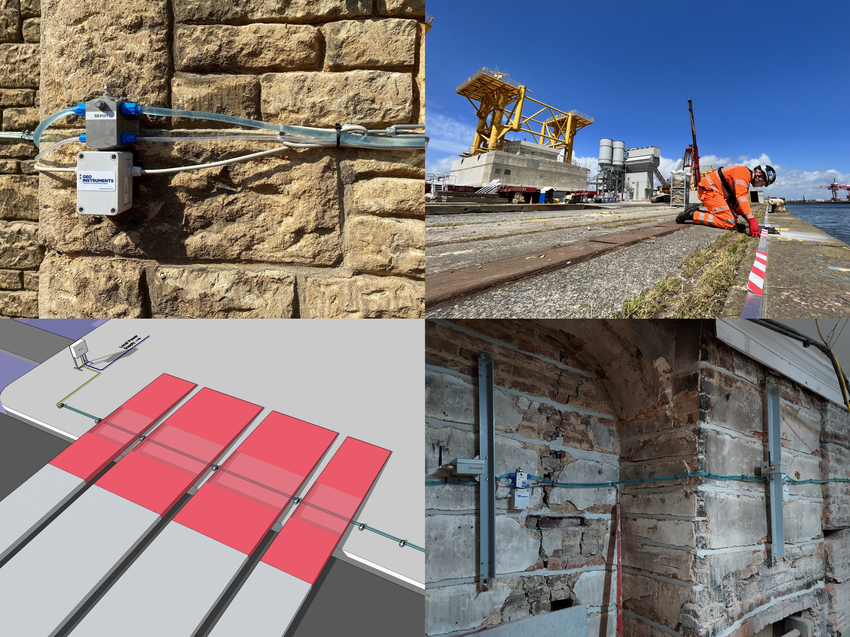
Principles
A typical system of HLCs is comprised of a series of cells linked by fluid and air tubing to create a continuous circuit. A circuit requires at least one fluid reservoir to account for level changes and maintain pressure in the system. The sensors in each cell record pressure values between the fluid and air circuits. One cell in the circuit is assigned as a reference that the other cells will be compared to. A reference cell is usually located outside of the zone of expected movement. As the height of an individual cell changes the recorded pressure value will change relative to the reference. This pressure value is compared to the reference cell and a site zero baseline then a calculation is applied to determine the measured change in level.
The use of a reservoir and reference cell eliminates influences on the data that effect the whole circuit, such as changes in fluid level from evaporation.
HLC pressure sensors are highly accurate but have a limited tolerance for maximum and minimum pressure. Because of this, HLC circuits must be carefully installed at approximately the same level across the system, giving greatest possible recordable range. If HLCs are required to monitor movement across multiple levels, or along a slope, multiple separate circuits can be installed at appropriate heights and referenced to each other in GEO-Instruments’ custom-developed software.
In most applications HLCs will take a measurement every 30 seconds, these readings are averaged over a period of 5 to 15 minutes to give a more precise value. These values are instantly sent via an on-site logging system to our online Instrumentation and Monitoring software QuickView where engineers and clients can plot graphs and track changes as they happen.

Advantages
Many projects that require high-frequency settlement or heave monitoring will use labour-intensive methods that need multiple teams of surveyors to perform levelling or 3D surveys several times a day.
In many situations HLCs are a more efficient alternative as they can automatically measure much more frequent data at an even higher accuracy than manual methods.
HLC systems require experience and care to install, and each system is custom designed to match the requirements of the specific project or application. This means that systems require more planning and setup time than some other solutions but offer significant gains in accuracy, reliability and efficiency.
- High Resolution and Frequency:
The system detects displacements of fractions of a millimetre and can provide averaged readings every few minutes.
- Versatile:
The system can be installed on exteriors or interiors, in basements and ceilings. Circuits and cells can even be buried.
- Automated and Low Maintenance:
Systems can run for years, providing high frequency, 24hr data with minimal need for maintenance.
Applications
Once installed, HLCs systems are unobtrusive and can will continue to monitor unattended for long periods, particularly in indoor installations. On many projects, HLC systems are installed above head height in actively used environments like basements, kitchens and storerooms, continuing to monitor with no impact on the day-to-day operation of the building.
Outdoor installations are also very reliable for long-term monitoring and can be installed in locations so as not to obstruct works. Outside systems may require more frequent maintenance dependent on site conditions and exposure to wear and tear.
HLCs are popular solutions for structural health and façade monitoring as well as for locations where regular access by surveyors would be impractical.
A HLC system combined with a network of wireless tiltmeters is an effective option for comprehensively monitoring a structure, combining accurate methods for detecting changes in inclination and vertical movement. This allows for a detailed understanding of the overall effects of ground movement on a structure.
Our industry expert installation teams have installed thousands of cells over many projects, large and small.
GEO-Instruments have also had extensive experience working alongside Keller colleagues on ground improvement projects to monitor the effects of piling and jet grouting works.
HLCs are commonly used to observe potential settlement in areas near construction or excavation works but are also ideal for monitoring achieved heave or uplift during processes like compensation grouting.
Levelling Cells have also proven to be a great solution for monitoring difficult-to-access assets like river walls and embankments.
Crossrail, the massive project that constructed the Elizabeth Line beneath central London, required extensive 24-hour monitoring of the the properties and assets around the Bond Street and Tottenham Court Road station developments.
In order to precisely monitor settlement and heave caused by tunneling and compensation grouting works, hundreds of HLCs were installed across dozens of systems in the basements of properties around the stations. Coordination and installation was a significant logistical challenge but resulted in excellent coverage of the works' zone of influence.
HLCs provided invaluable data on ground movement in the monitored area, informing compensation grouting works and allowing teams to rapidly respond to observed movement.
Below are some more examples of GEO-Instruments’ Hydrostatic Levelling Cell projects:

House Renovation, Hampstead
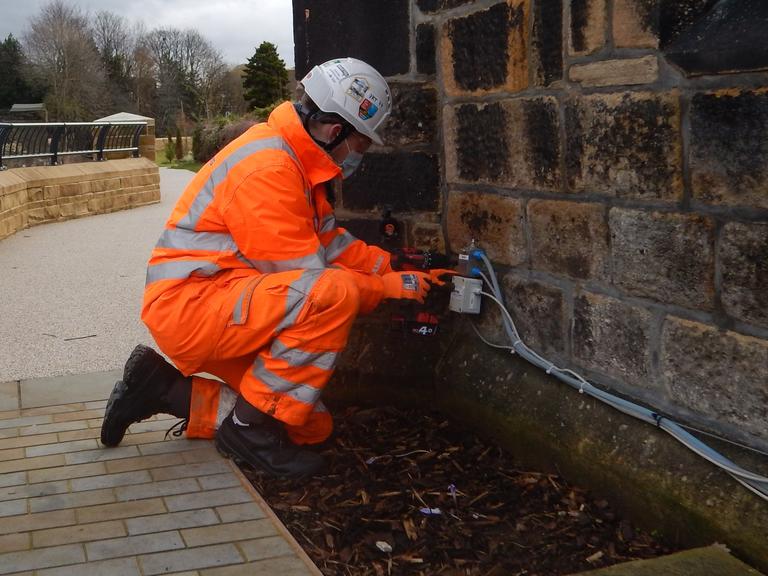
St. Michael's Church, West Yorkshire
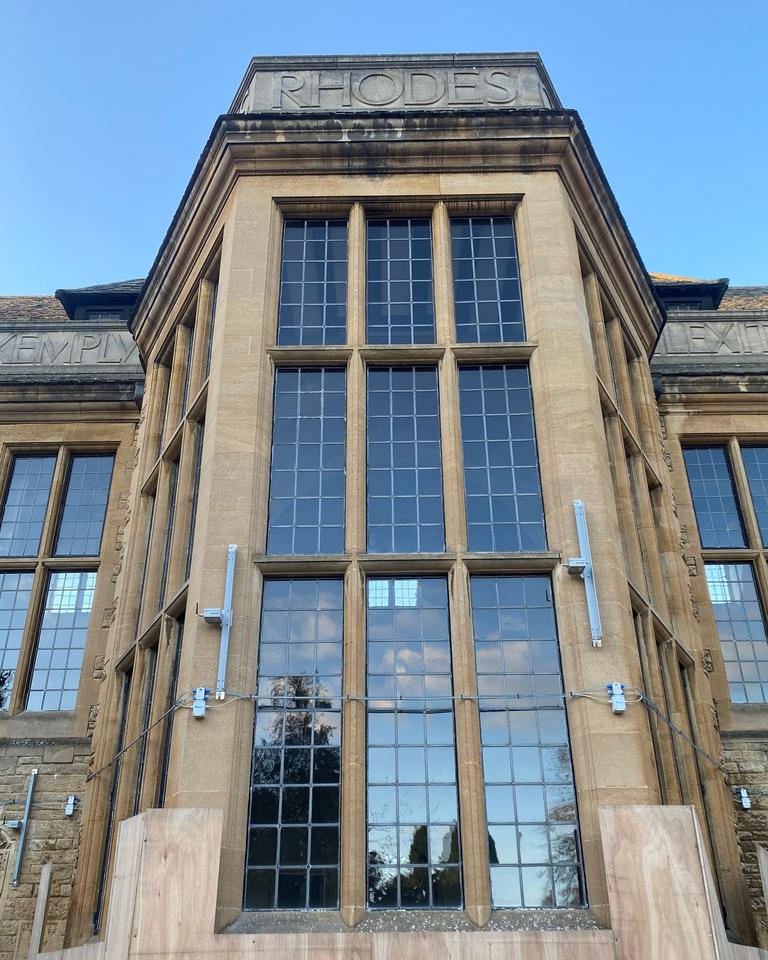
Rhodes house, Oxford University

Franciscan Church, Poznan
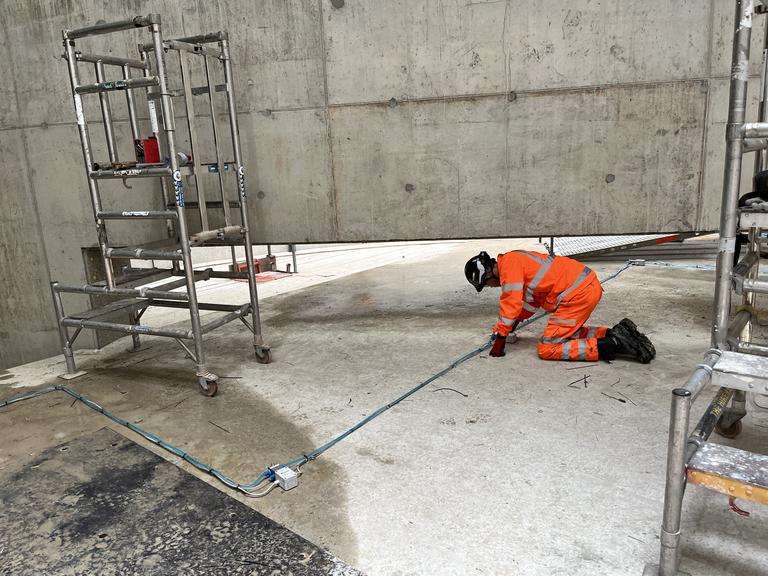
Access shaft, London Power Tunnels Phase 2
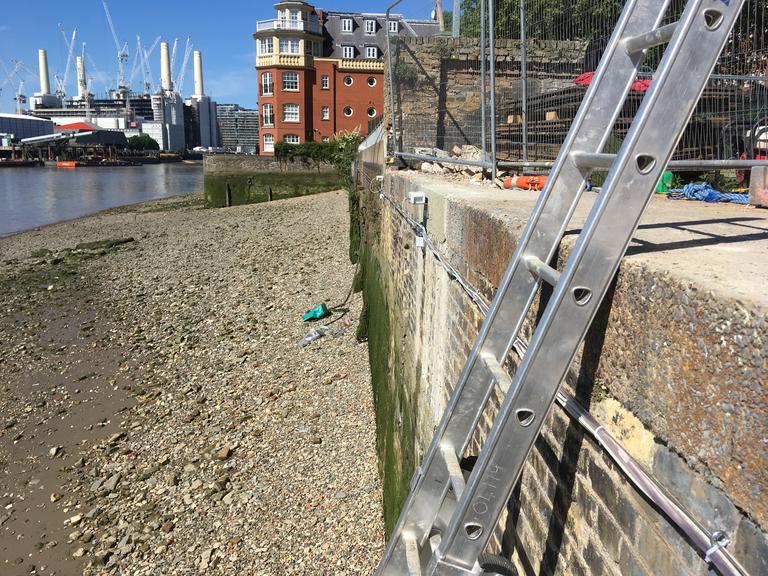
River wall, Central London
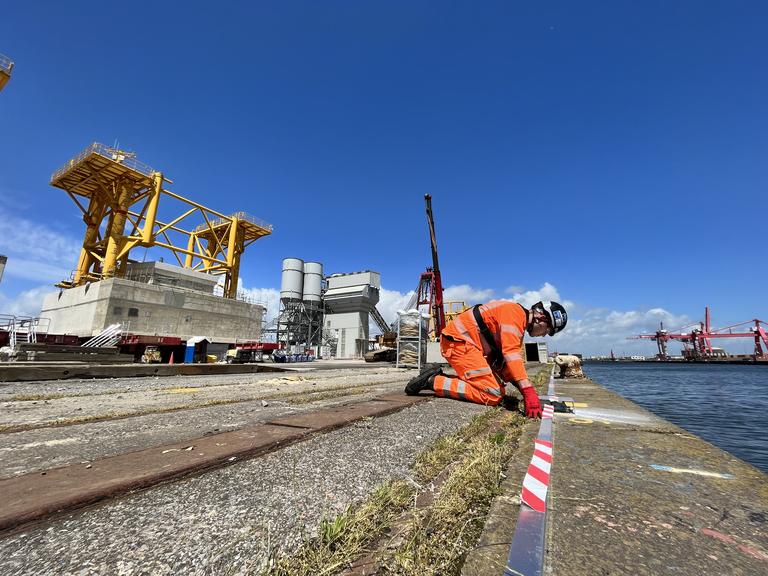
Dock Edge, Hinkley Point C
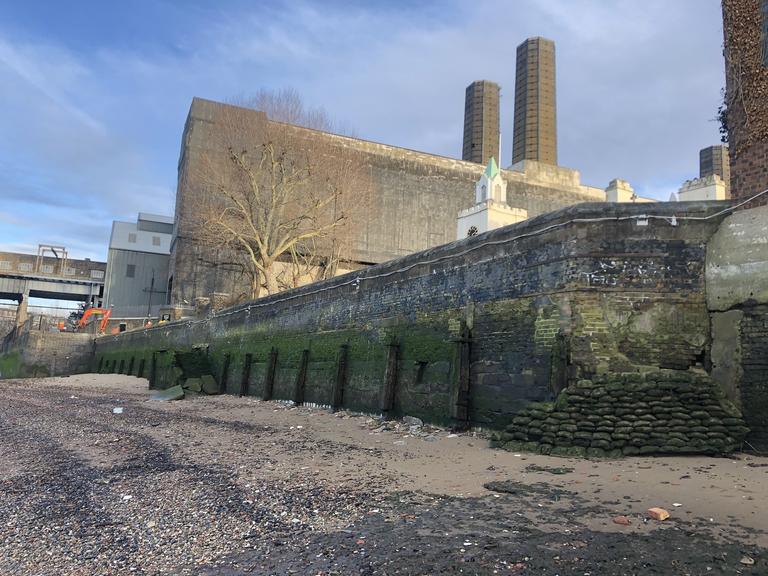
Trinity River Wall, Central London
Find out more about projects where HLCs were essential in providing accurate, high-frequency data.